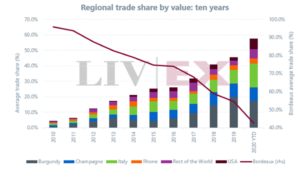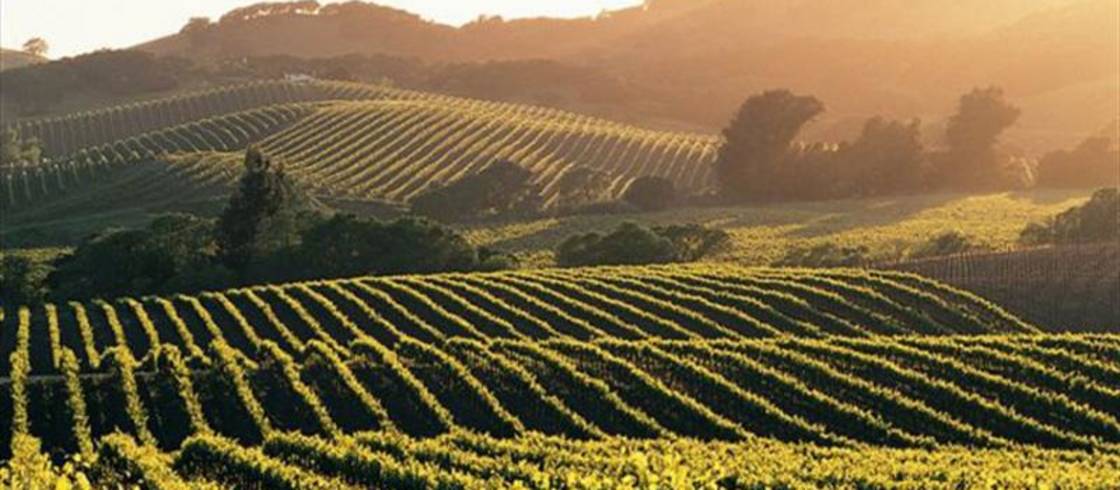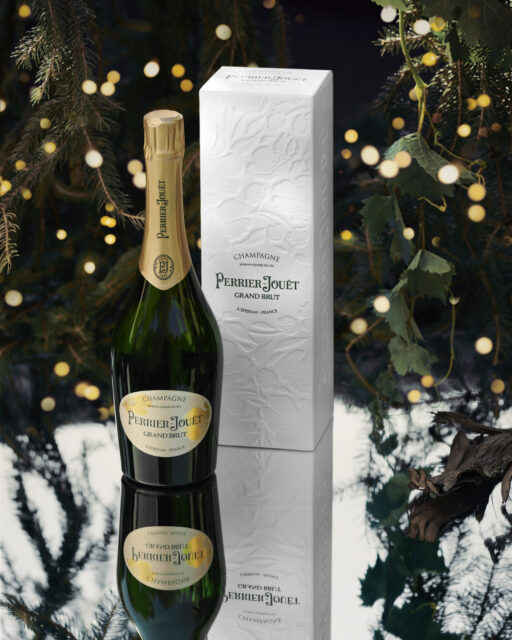Les Dames d’Escoffier Ontario 2020 “Festive Gift Basket” Fundraiser-Auction @ 32 Auctions
We have 23 “Holiday Gift Baskets” to be auctioned off !!
Auction dates:
December 3, 2020 at 09:00 AM EST to December 12, 2020 at 05:00 PM
Auction Link https://www.32auctions.com/LesDamesON
Items have been donated by members, partners, and Women in Wine Talks participants.
Donors
http://www.tenutasanguido.com/
https://www.cactusclubcafe.com/
https://www.linkedin.com/company/womeninwinetalks/
Donna Lee-Rosen
Jenny Ratcliffe Wright
Heather Zordel
Shari Mogk Edwards
Doris Miculan Bradley
Anonymous
Les Dames d’Escoffier Ontario is a not-for-profit corporation and an affiliate chapter of Les Dames d’Escoffier International.
We are part of a philanthropic organization of women leaders in the multifaceted fields of gastronomy, fine beverage and hospitality. Our by-invitation membership is composed of over 2,400 members in 43 chapters including: United States, Canada, the United Kingdom, France and Mexico. We create a supportive culture in our communities by sharing knowledge, supporting members, and providing leadership, educational opportunities and philanthropic events for the community-at-large.
About Our Auction
All proceeds raised at our Les Dames d’Escoffier Ontario 2020 “Festive Gift Basket” Fundraiser-Auction will fund 2020/2021 educational scholarships, bursaries and assist in operations.
Thank you for your support – It’s time for Holiday shopping!
Auction Link https://www.32auctions.com/LesDamesON
#wine #winelover #fundraiser #womeninfood #fundraising #giftbaskets #Toronto #Torontoevent #onlineevent #auction #womenwhoauction #donate #nonprofit #community #giveback #philanthropy #instagood #socialgood #nonprofitorganization #luxurygiftbaskets #giftideas #holidaygift #christmasgift #onlineauction #corporategifts #givingtuesday #Torontolife






